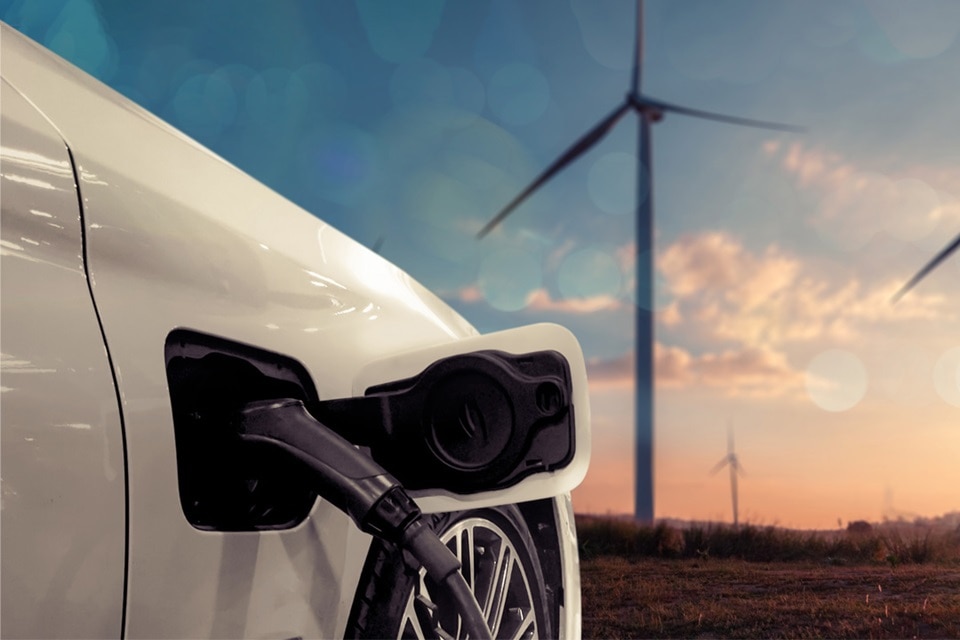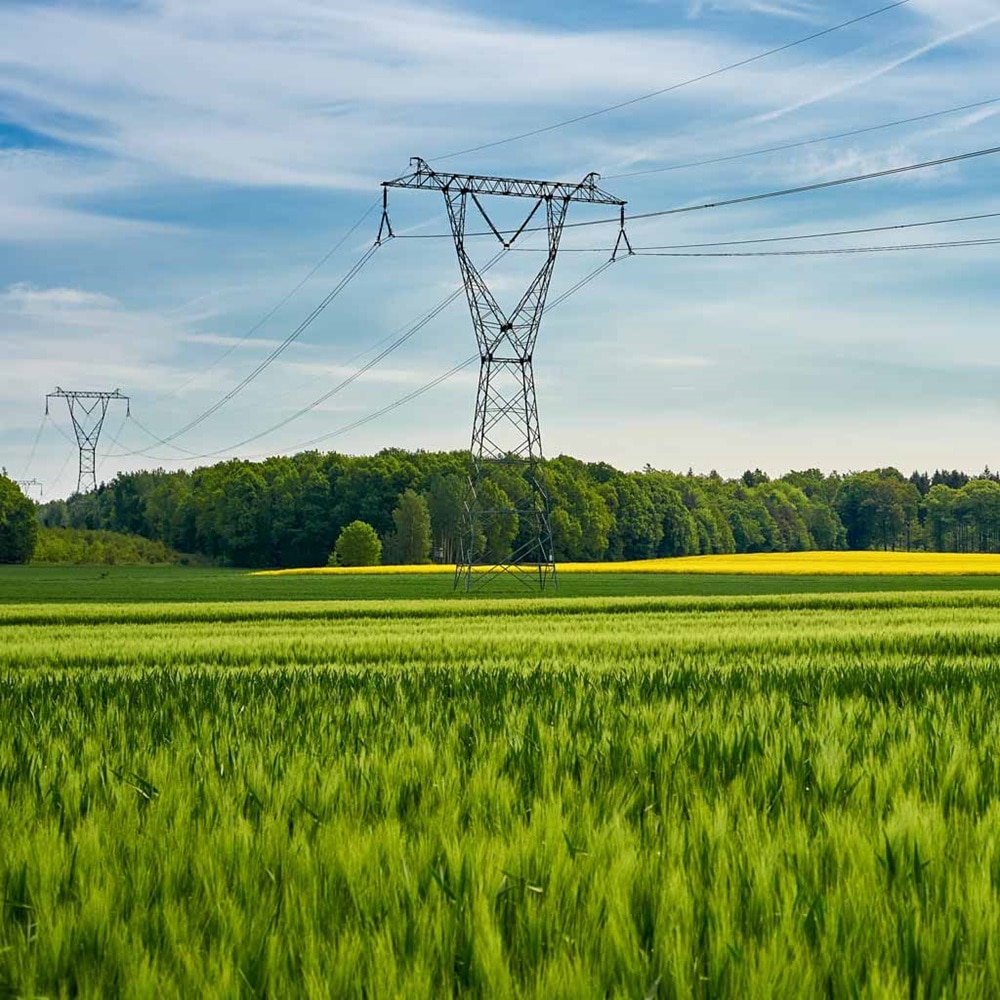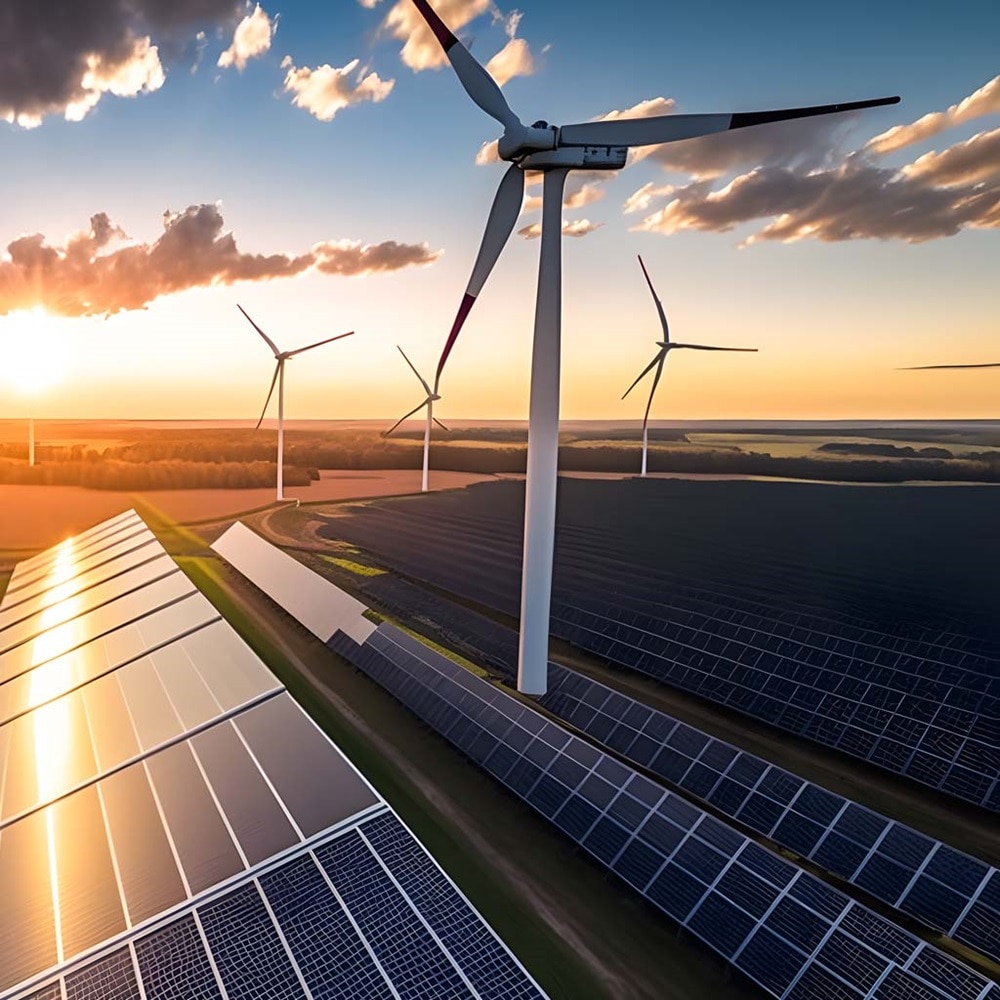Bidirectional charging for a clean energy transition

The findings of the Intergovernmental Panel on Climate Change earlier this year were clear. Urgent action is required to ensure that our world remains habitable for future generations. By 2030, we need to halve our greenhouse gas emissions compared to 2019. This would allow us to achieve our climate goals and minimise global warming.
One promising solution to achieve this goal lies in the electrification of all energy sectors (industry, household, commercial and transportation). This means transitioning away from fossil fuels towards renewable energies, such as solar or wind power. This shift is not only necessary for addressing climate change: it is an unstoppable trend. The increasing popularity of electric vehicles and respective dc wallbox systems, heat pumps, energy storage systems and electric heating systems is driving a massive increase in demand for electrical energy.
To make the most of this energy, we need to find new solutions. We need solutions that enable us to store all the renewable, yet intermittent energy generated by the wind or sun, and to be able to use this energy whenever it is needed.
One relatively new approach to addressing this challenge is bidirectional charging. You might have read terms like Vehicle to Home or Vehicle to Grid, which are two specific forms of bidirectional charging. With this solution, the battery of an electric car is used as a mobile energy storage unit. This means that the car is not charged for the sole purpose of driving. With appropriate technology, the energy can also be returned to a building or the electricity grid when power is needed.
Different forms of bidirectional charging
The enormous potential of electric car batteries for the energy grid
The powerful batteries of electric cars may no longer be just an energy storage system for the vehicles themselves. They could become an important part of our energy grid.

The following comparison illustrates this in an impressive way. Imagine that all vehicles in the Saarland were comparable to the Audi e-tron from the field test in terms of their performance and engine technology. This amounts to around 650,000 vehicles. Assuming that all vehicles are electric and have a bidirectional charging function, the high-voltage batteries of the vehicles could store enough energy to supply all of Germany for one hour without any supplementary power plant output.
"A vehicle battery with a capacity of about 100 kwh can store about as much energy as an average household needs for a week. With electric vehicles, we have an enormous, decentralised storage capacity available that we urgently need for the energy transition," says Ulrich Reiner, E-mobility expert in the Group Strategy & Innovation division of Hager Group.
Hager Group
and automobile manufacturer
explore the future of electric mobility
Hager Group and Audi AG have teamed up on a groundbreaking research project exploring the potential of bidirectional charging technology. We’re confident that this innovation project can help improve the ecological footprint of electric vehicles, make renewable energies more effectively usable and pave the way for a world where electrical energy plays a crucial role.

Field test to explore bidirectional charging in real-life conditions

Facilitating self-sufficiency and grid stability

Momentum
for renewable energies
power the entire country for an hour – the potential of bidirectional charging cannot be understated.
As the shift to renewable energy continues to accelerate, we believe that bidirectional charging is firmly poised to play an increasingly important role in supporting a more sustainable and cleaner energy future. And Hager Group will be there to help make sure it does.




